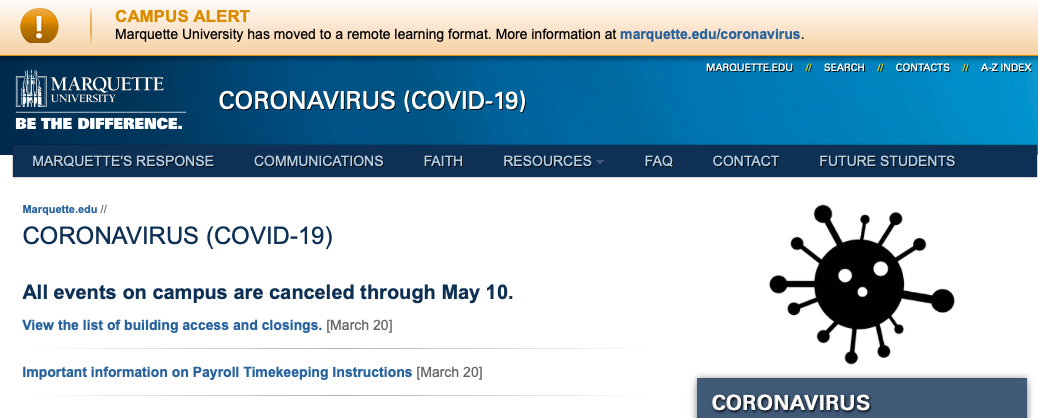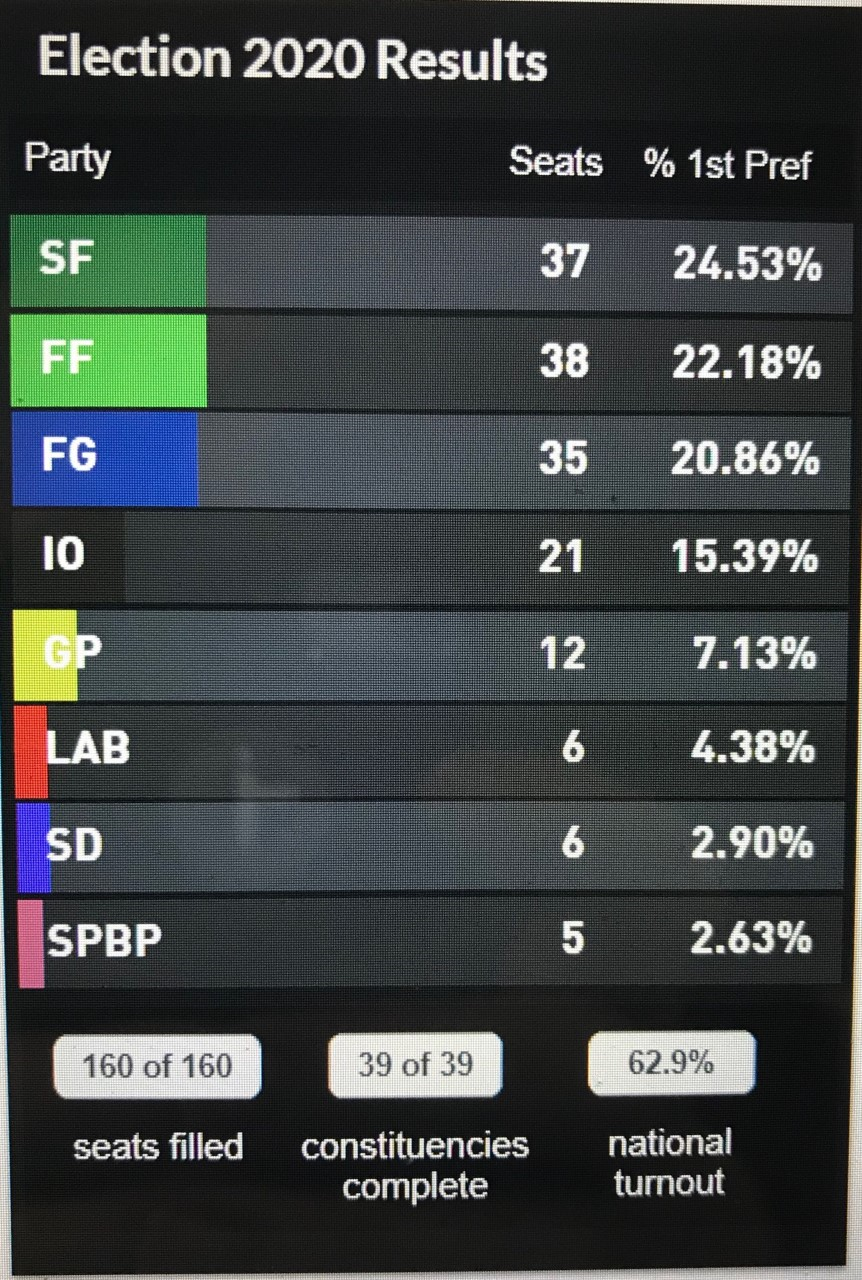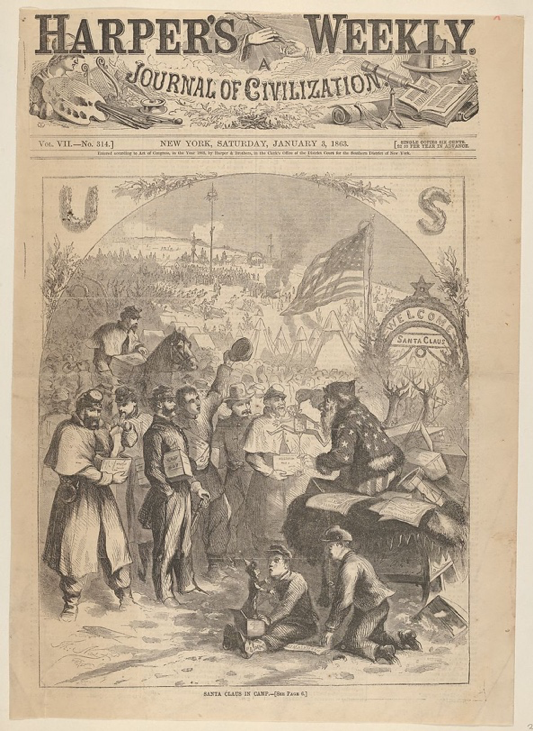November is Native American Heritage Month in the United States. To raise awareness about Indigenous pasts and present, Bryan Rindfleisch provides some current and historical context for an incredibly disturbing and invisible trend in the United States today: the epidemic of sexual violence and murder of Native American women. You can follow him on Twitter @BryanR05075226
On October 12, 2020, legislation known as Savanna’s Act (Public Law No. 116-165) became federal law. First introduced to the Senate in 2017, this bill “directs the Department of Justice (DOJ) to review, revise, and develop law enforcement and justice protocols to address missing or murdered Native Americans,” namely women.[1] Savanna’s Act is momentous for many reasons, but most importantly because it commits federal agencies and resources to naming and addressing the epidemic of violence against Indigenous women in the United States today. For those that do not know, Native American women suffer the highest rates of sexual assault and violence in the United States. According to the DOJ, National Congress of American Indians (NCAI), and National Institute of Justice (NIJ), Native women are 2-3 times more likely to experience sexual violence in their lifetime than the national average.[2] To be more blunt, 3 out of 5 Indigenous women will experience some form of sexual assault and/or violence in their life. Other damning statistics include the fact that the majority of male perpetrators (estimated at 66% of reported cases) are non-Native, as many as half to two-thirds of all reported cases will be declined for prosecution by state or federal agencies, and these statistics only include actual reported instances of violence. Even then, most reported cases of sexual violence against Native women are never “logged in the DOJ database” and uploaded to federal and tribal authorities, which means the majority of perpetrators remain-at-large. As the Urban Indian Health Institute found in its study of Missing and Murdered Indigenous Women & Girls in 2016 – a survey of 71 U.S. cities – of the reported 5,712 cases relating to sexual assault and/or violence against Native women, only 116 were logged by the DOJ, which exacerbates the bureaucratic red-tape and miscommunication between federal and tribal enforcement agencies that allows many of these non-Native perpetrators to escape prosecution.[3] This is exactly what Savanna’s Act is meant to stop.
Savanna’s Act is in honor and memory of Savanna LaFontaine-Greywind, a 22-year old Native woman who was murdered by her non-Native neighbors in August 2017. The killers not only murdered Savanna, though, they abducted her unborn baby. Read that again. Abducted in this case fails to adequately reflect the horror of what happened to Savanna and her baby. And instead of recounting if not perpetuating that violence, readers can instead find details of the case on their own. But Savanna is not alone…her body was found in the Red River that runs down from Canada and along the border between Minnesota and North Dakota, the same body of water where the body of 15-year old Tina Fontaine was found a few years earlier.[4] Tina – a First Nations woman – had also been murdered by a non-Native man, and again to spare the violence of those details, readers should learn more on their own. What is even more maddening about Savanna’s case, though, is the fact that she was only one of the “5,646 American Indian and Alaska Native women and girls [that were] reported missing in 2017,” according to the F.B.I.’s National Crime Information Center.[5] Read that again.
The loss of Savanna and Tina have galvanized Indigenous communities in the United States and Canada to push for legislation to curb this epidemic of violence against Indigenous women. This movement – Missing and Murdered Indigenous Women & Girls (MMIWG) – has long existed in Native communities in North America but has remained in the United States a relatively obscure issue up until now. While the invisibility of this violence is largely a product of the historical erasure and marginalization of Indigenous Peoples in the United States, public awareness and support for MMIWG is starting to build. Through the grassroots efforts of organizations like the Sovereign Bodies Institute and Coalition to Stop Violence Against Native Women, cultural mediums like the REDress Project, state-mandated task forces including Wisconsin, along with the recent elections of Representatives Deb Haaland (D-NM, Laguna Pueblo) and Sharice Davids (D-KS, Ho-Chunk) to Congress,[6] legislation like Savanna’s Act has finally became a possibility and, only a month earlier, a reality. Needless to say, this is only the start of a larger and hopefully more systematic campaign against this epidemic of violence, the protection of Indigenous women, and the wholesale prosecution of those violent offenders, many of whom remain at-large today.
Up to this point, readers might wonder what all of this has to do with a history blog, but whether we recognize it or not, this epidemic of violence against Native women has everything to do with our American past. Throughout the centuries of violence in North America, Europeans and later Americans committed untold acts (some documented, many not) of gendered and sexual violence against Indigenous communities. Centuries.[7]Particular to the United States, from the Revolutionary War, its conflicts with the Northwest Confederacy during the 1790s, the War of 1812, and the six decades-long process of “Indian Removal,” to the Dakota War of 1862, Plains Wars of 1860s-1890s, the genocide of Native Californians, and the many other conflicts related to manifest destiny, Indigenous women were often the targets of physical and sexual violence by non-Native settlers and soldiers. After the “pacification” and confinement of Indigenous Peoples to reservations in the United States by the 1890s, sexual violence toward Native American women was most visible and rampant in the 350+ boarding schools that the U.S. government – in collaboration with Protestant and Catholic missionaries – operated from the 1880s up until the 1970s. Of the hundreds of thousands of Indigenous children kidnapped from their families and communities – which has produced untold generational trauma that Native communities continue to grapple with today – thousands of young boys and girls suffered sexual abuse and assault within these schools. Simultaneously, the U.S. Indian Health Service embarked on a decades-long process of forcibly sterilizing Native American women on reservations. Of the little data we have for this insidious practice carried out by non-Native doctors, we know that the doctors at four IHS clinics (Aberdeen, Albuquerque, Oklahoma City, and Phoenix) between the years 1973 and 1976 carried out “3,406 sterilizations” of Native women.[8] 4 clinics, 4 years, and 3,406 Indigenous women.[9] This is not to mention the legion of documented and undocumented instances of sexual violence and murder committed by non-Native men against Native women in the United States in the twentieth and twenty-first centuries, cases that include Savanna and Tina. This pattern of historical, gendered violence against Native American women has been encoded into the very DNA of the United States.
This is why Savanna’s Act – and its’ sister legislation the Not Invisible Act – is so important. These legislative acts mean that the federal government now acknowledges that this epidemic of violence exists, it orders federal enforcement agencies to shift their attentions and training to address that violence, and it provides layers of accountability to stop that violence. Specific to Savanna’s Act, the DOJ is compelled to “create standardized procedures to address cases of missing or murdered Native American women” and to work closely with tribal law enforcement agencies and governments, and to report the statistics of those missing or murdered women to Congress every year. Savanna’s Act also stipulates that the DOJ “provide grants to train law enforcement agencies on how to handle these cases.” Meanwhile, the Not Invisible Act institutes an “advisory committee made up of tribal leaders, law enforcement officers, families of victims, and survivors of violence” who will make recommendations to the DOJ and Department of Interior “on how best to combat violence against Native Americans” more generally.[10] Altogether, Savanna’s Act and the Not Invisible Act is a stepstone to confronting and ultimately preventing the epidemic of violence against Indigenous American women. With all of that said, though, we should not be naïve in thinking that Savanna’s Act and the Not Invisible Act is the end. The only reason that this federal legislation passed was because of the herculean efforts of grassroots Indigenous activists, organizations, communities, families, and survivors over decades, who the United States has only listened to now in 2020. There is so much more to do to raise awareness of this issue within American society and to stop this systematic violence from continuing, as it has for centuries. As Representative Haaland put it best in her interview with Ms. after Savanna’s Act became federal law, “All women deserve to live without fear of disappearing without a trace, but the missing and murdered indigenous women crisis persists and indigenous people continue to go missing. Today, we moved to say ‘enough is enough.’”[11]
[1] Savanna’s Act, Public Law No: 116-165, U.S. Senate, Session 227 – 116th Congress, U.S. federal government, https://www.congress.gov/bill/116th-congress/senate-bill/227
[2] “Office on Violence Against Women (OVW),” Department of Justice Archives, https://www.justice.gov/archives/ovw/blog/protecting-native-american-and-alaska-native-women-violence-november-native-american; “Violence Against Women,” National Congress of American Indians, http://www.ncai.org/policy-issues/tribal-governance/public-safety-and-justice/violence-against-women; “Policy Insights Brief – Statistics on Violence Against Native Women,” National Congress of American Indians, www.ncai.org/resources/ncai_publications/policy-insights-brief-statistics-on-violence-against-native-women; Andre B. Rosay, “Violence Against American Indian and Alaska Native Women and Men,” National Institute of Justice, https://www.nij.gov/journals/277/Pages/violence-against-american-indians-alaska-natives.aspx.
[3] Urban Indian Health Institute, “Missing and Murdered Indigenous Women & Girls Report,” 2018, http://www.uihi.org/wp-content/uploads/2018/11/Missing-and-Murdered-Indigenous-Women-and-Girls-Report.pdf
[4] Jenni Monet, “A Native American Woman’s Brutal Murder Could Lead to a Life-Saving Law,” The Guardian, 2 May 2019, https://www.theguardian.com/us-news/2019/may/01/savanna-act-native-women-missing-murdered
[5] Carrie N. Baker and Katie Fleischer, “Legislation to Address Missing and Murdered Indigenous Women Signed into Law,” Ms. (Magazine), 12 October 2020, https://msmagazine.com/2020/10/06/congress-finally-passes-legislation-to-address-missing-and-murdered-indigenous-women/
[6] As a historian, I would be remiss if I did not mention the trailblazing work of Sarah Deer (Muscogee) who sheds light on the historical and present violence against Native American women, particularly in her book The Beginning and End of Rape: Confronting Sexual Violence in Native America (University of Minnesota Press, 2015).
[7] For further discussion of the historical context surrounding this insidious violence, and specific examples of such violence in the American past, see forthcoming article: “The Pattern of Violence: Muscogee (Creek Indian) Women in the Eighteenth-Century & Today’s MMIWG – the Missing and Murdered Indigenous Women & Girls,” in The Historian (spring/summer 2021).
[8] This investigation into the IHS between 1973 and 1976 was carried out by the federal government after reports of forced sterilizations and “experimental use of drugs” on reservations and in IHS clinics. The findings of that federal investigation are known today as the Government Accounting Office (GAO) Report of 1976.
[9] Jane Lawrence, “The Indian Health Service and the Sterilization of Native American Women,” American Indian Quarterly, Vol. 24: No. 3 (Summer 2000): 406-407.
[10] Savanna’s Act & Not Invisible Act of 2019, Public Law No: 116-165, U.S. Senate, Session 227 – 116th Congress, U.S. federal government, https://www.congress.gov/bill/116th-congress/senate-bill/227; Carrie N. Baker and Katie Fleischer, “Legislation to Address Missing and Murdered Indigenous Women Signed into Law,” Ms. (Magazine), 12 October 2020, https://msmagazine.com/2020/10/06/congress-finally-passes-legislation-to-address-missing-and-murdered-indigenous-women/.
[11] Carrie N. Baker and Katie Fleischer, “Legislation to Address Missing and Murdered Indigenous Women Signed into Law,” Ms. (Magazine), 12 October 2020, https://msmagazine.com/2020/10/06/congress-finally-passes-legislation-to-address-missing-and-murdered-indigenous-women/.











 By Timothy G. McMahon
By Timothy G. McMahon


 holiday-themed pop culture, from the song ‘I’ll Be Home for Christmas” to more recent heart-tugging videos of mother and fathers returning form long deployments just in time for the holidays and the recorded messages played during NFL and college football games from soldiers, sailors, and marines wishing their families Merry Christmas.
holiday-themed pop culture, from the song ‘I’ll Be Home for Christmas” to more recent heart-tugging videos of mother and fathers returning form long deployments just in time for the holidays and the recorded messages played during NFL and college football games from soldiers, sailors, and marines wishing their families Merry Christmas. for failing to get a promised photograph taken of him. His months in the army, he feared, had “altered [his] looks and I fear the change is not for the better.” As his fire went out and he reluctantly brought “this ‘talk’ to a close,” he asked Ruth to greet friends and family, “take good care of the ‘babies’ [and] tell them good things of their pa.”
for failing to get a promised photograph taken of him. His months in the army, he feared, had “altered [his] looks and I fear the change is not for the better.” As his fire went out and he reluctantly brought “this ‘talk’ to a close,” he asked Ruth to greet friends and family, “take good care of the ‘babies’ [and] tell them good things of their pa.” did during the 1980s, China-related courses have picked up that audience, but for the immense influence Japanese popular culture has on the West. Manga is now a genre section in Barnes & Noble, and young people know better than to pronounce it like the Italian word mangia as many in my parent’s generation did. . . . ”
did during the 1980s, China-related courses have picked up that audience, but for the immense influence Japanese popular culture has on the West. Manga is now a genre section in Barnes & Noble, and young people know better than to pronounce it like the Italian word mangia as many in my parent’s generation did. . . . ”